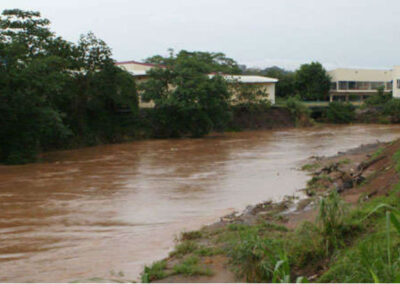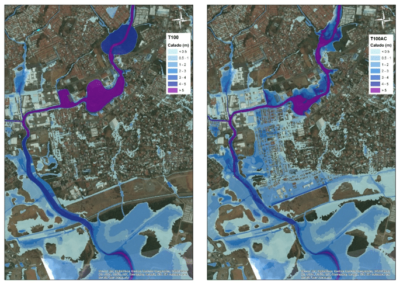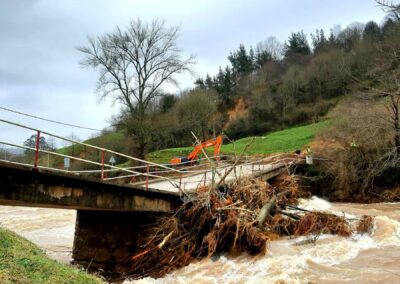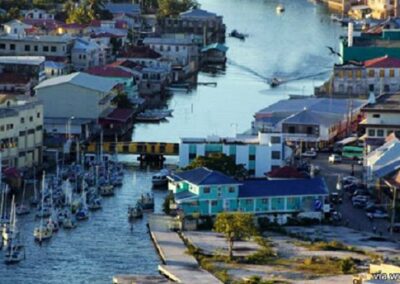IDB CITIES
“Collaborating to make cities inclusive, safe, resilient and sustainable.”


IDB CITIES
2012 – 2016
-
Latin America and the Caribbean is the second most urbanized region on the planet with 8 out of 10 people living in cities. Between 1950 and 2014, it urbanized at an unprecedented rate, increasing the urban population from 41% to 80%. If this trend continues, in 20 years a little less than all of Latin America’s population will be living in cities.
The project included the development of an assessment of disaster risk and vulnerability to climate change (inland flooding, seismic activity and high winds) in different cities in Latin America and the Caribbean. To this end, technical assistance work was carried out within the framework of Climate Change and Urban Development Studies financed by the Inter-American Development Bank (IDB).
In collaboration with local actors in each city, probabilistic disaster risk, susceptibility and socioeconomic impact reports; risk, exposure and probabilistic disaster risk, susceptibility and socioeconomic impact maps; and spatial dataset were carried out.
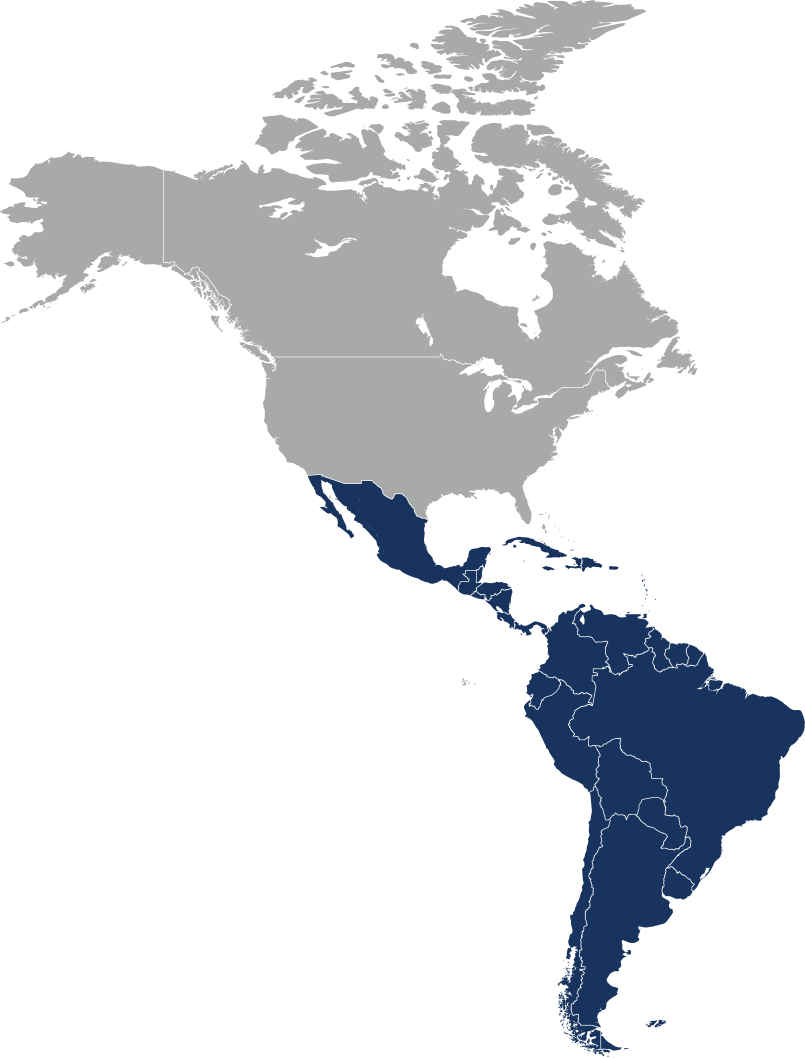
IDB CITIES
2012 – 2016
Latin America and the Caribbean is the second most urbanized region on the planet with 8 out of 10 people living in cities. Between 1950 and 2014, it urbanized at an unprecedented rate, increasing the urban population from 41% to 80%. If this trend continues, in 20 years a little less than all of Latin America’s population will be living in cities.
The project included the development of an assessment of disaster risk and vulnerability to climate change (inland flooding, seismic activity and high winds) in different cities in Latin America and the Caribbean. To this end, technical assistance work was carried out within the framework of Climate Change and Urban Development Studies financed by the Inter-American Development Bank (IDB).
In collaboration with local actors in each city, probabilistic disaster risk, susceptibility and socioeconomic impact reports; risk, exposure and probabilistic disaster risk, susceptibility and socioeconomic impact maps; and spatial dataset were carried out.


CONTEXT
-
- REGION, COUNTRY: Latin American and Caribbean Countries
- CLIENT: IDB – Inter-American Development Bank
- FINANCING SOURCE: IDB – Inter-American Development Bank
- SCOPE: International

WHAT HAS MADE THIS PROJECT UNIQUE?
-
- Supporting evidence-based decision making and innovation for contribution to the SDGs.
- Design of multidisciplinary, integrated and unique solutions to address the complexity of socio-ecological systems associated with water and ensure their resilience.
- Cooperation, alliances and partnerships for sustainability, as an interface between academic and business, local and global, public and private agents.

HOW HAS IT ALIGNED WITH OUR MISSION AND VISION?
-
- Boosting innovation to accelerate the achievement of the SDGs, in this case SDGs 9, 11, 13, 15 and 17.
- Integrated management of socio-ecological systems associated with water, to contribute to the sustainability and resilience of communities.

WHAT LESSONS HAVE BEEN LEARNED?
-
- Addressing the challenges of sustainable urban development in the region requires a comprehensive approach based on the search for a balance with the natural environment, which at the same time encourages economic development and social inclusion, in order to reduce the vulnerability of cities to natural disasters.

WHAT HAS BEEN THE IMPACT OF THE PROJECT?
-
- 14 cities studied, more than 6 million people and 10 months of work per city.
- Trujillo (Peru), Santa Ana (El Salvador), Quetzaltenango (Guatemala), Campeche (Mexico), Xalapa (Mexico), Tegucigalpa (Honduras), Santiago de los Caballeros (Dominican Republic), Cumaná (Venezuela), Panama City (Panama), Bridgetown (Barbados), Huancayo (Peru), Belize City (Belize), Cusco (Peru), Santa Marta (Colombia).
- Proposed risk reduction measures, which have enabled several of these cities to initiate works and actions, which will make them more sustainable and resilient and benefit 8 million people.
- Training of the technical personnel of the different municipalities in the use of tools and methodologies for calculating risks in the event of natural disasters.

WHY HAS IT BEEN SUCH A SUCCESS?
-
- Identification, organization and prioritization of urban interventions to address the main obstacles to sustainable growth in emerging cities in Latin America and the Caribbean.
- Development of a cross-cutting approach based on three pillars: (i) environmental sustainability and climate change; (ii) urban sustainability and; (iii) fiscal sustainability and governance.

CONTEXT
CLIENT: IDB – Inter-American Development Bank
FINANCING SOURCE: IDB – Inter-American Development Bank
SCOPE: International

WHAT HAS MADE THIS PROJECT UNIQUE?

HOW HAS IT ALIGNED WITH OUR MISSION AND VISION?

WHAT LESSONS HAVE BEEN LEARNED?

WHAT HAS BEEN THE IMPACT OF THE PROJECT?

WHY HAS IT BEEN SUCH A SUCCESS?
PARTICIPATING ENTITIES
IDOM Consulting, Engineering, Architecture (Spain)
CO2 Factor (Spain)
PARTICIPATING ENTITIES
– IDOM Consulting, Engineering, Architecture (Spain)
– CO2 Factor (Spain)

